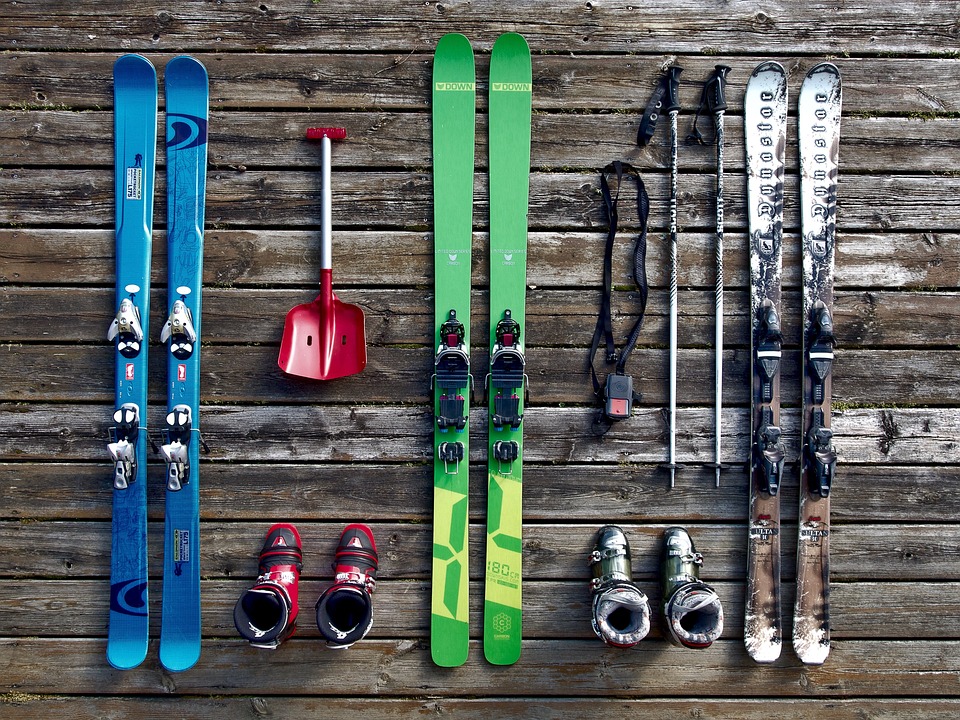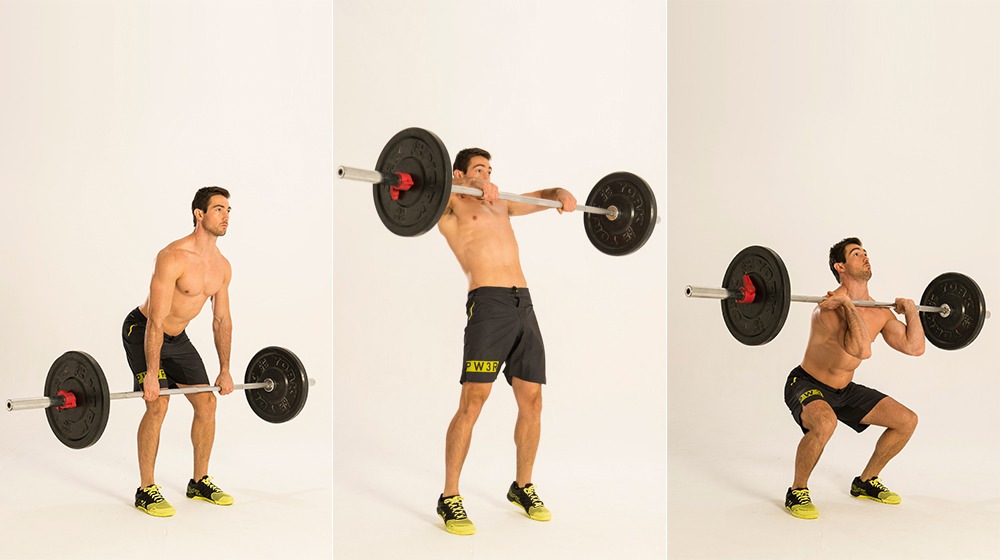With winter approaching, a lot of people have started planning ski holidays for themselves and their families. According to the Canadian Ski Council, over 19 million individuals visit ski resorts in Canada each year.
As of 2015, the Council reported that there are five million active skiers and snowboarders in the country.
And while there are many safety measures and regulations in place to prevent them, skiing accidents still happen. Hospitals in Canada reported over 2,000 skiing-related injuries in the last five years.
The fast-paced nature of the activity can lead to a wide range of injuries to the musculoskeletal structure, spanning from the hand and shoulder to the ankles and knees.
Common Skiing Injuries
While we can’t cover every skiing injury here, the most common ones include:
- Ankle Sprains
- ACL or MCL Ligament Injuries
- Meniscus Injuries
- Rotator Cuff Injuries
- Shoulder Dislocations
- Skier’s Thumb
- Fractures
Preventing Common Ski Injuries
The moment you hit the slopes for some high-speed snowy fun, you put yourself at risk of a ski injury. However, these technical and practical tips help prevent this and keep you safe on the slopes:
- Warm Up First – Cold muscles are more prone to injuries compared to warm muscles. Before skiing, it’s important to warm up with 10 to 15-minute cardio or stretching.
- Avoid Skiing When You’re Tired – Before skiing, always ensure that you are well-rested. Tired and fatigued muscles are slow to respond, thus opening you up to making a mistake that will lead to an injury.
- Stay Aware of the Changing Conditions – Cold winters often come with unpredictable weather. Conditions such as snow or ice can change the terrain, leading to a potential increase in the risk of injuries. Be on the lookout for changing weather patterns and familiarize yourself with the terrain before heading down the slopes.
- Stay Active And In Control – It’s important to maintain an active position as well as to stick to slopes that are suitable according to your skill level. Make sure your stance and posture are correct as well. Also, keep an eye out for any hurdles in your path.
- Practice The Tuck And Roll – The best way to minimize serious injuries while skiing is to learn how to tuck and roll when you fall. This way, you lower the impact of the fall and come to a gradual stop rather than coming to an abrupt stop with your muscles locked in.

- Make Sure You Have Proper Protective Gear And Equipment – Always make sure you have appropriate protective gear and equipment before you hit the slopes. Also, ensure that it is in good working condition and not damaged in any way. Simple gear such as a helmet, knee pads, and wrist guards can make a major difference between a minor injury such as a dislocation or something more serious such as a fracture.
Find Experienced Orthopaedists In The Greater Toronto Area!
If you are planning a fun and exciting skiing holiday this winter, make sure you stay safe on the slopes. In case of s skiing injury, get in touch with Sports & Exercise Medicine Institute.
As a leading sports medicine and physiotherapy clinic in the greater Toronto area, we offer the services of expert orthopaedists and physiotherapists who have extensive experience treating all kinds of sports injuries including skiing injuries.
Our compassionate care, state-of-the-art equipment and innovative treatments will have you patched up and back on the slopes in no time!
Our full range of services for sports injuries and other musculoskeletal issues include physiotherapy, acupuncture, foot pain podiatry, shockwave therapy, custom knee braces, massage therapy, and neck and shoulder pain treatments.
Contact us now to schedule an appointment!






